In the last two “The Potential Of:” editorials, I covered how the use of disorienting techniques could play a role in the tone of certain sections, and dove into details on some of Shinra’s more obscure dark experiments help to show the level of design detail in the original that the Remake is tasked with surpassing. This one will focus on both game techniques & extant details to dive into what the Remake could offer us in terms of various depictions of horror in general, especially with Jenova.
Final Fantasy VII has a number of different degrees to the depictions of horror it uses throughout the game. I’ve broken it into three pages to cover each on their own terms, while also looking at how they influence one another. First, are the hauntings and general horror themes of the slightly goofy haunted house theme of Gold Saucer’s Ghost Hotel, the creepy abandoned Midgar slums’ Train Graveyard, and the vengeful undead Gi Tribe in Cosmo Canyon. Next are the amoral scientific experiments and the gory slaughter that takes place in the Shinra HQ, followed by the personal and body horror of the human experiments in the Shinra Manor. Last, but anything but least is the extraterrestrial shapeshifting cosmic horror of Jenova herself.
Gold Saucer’s Ghost Hotel
There’s really only one thing that the Remake should absolutely nail here, and it’s the adorable waving ghost at the chess table. It sets the tone for the way that the place is invitingly like a museum of horror film artifacts, and I can’t imagine that anything else here matters more than this cheery little spook:
The real question is whether or not he’ll still always be smiling and waving at the player, at his spectral chess opponent, or instead if he’ll wave at members of Cloud & Co. Either way,in the Remake I fully expect this little dude to fade in, smile, and wave in the background of a cutscene of a serious conversation like the one above.
At any rate, now let’s move on to the proper bits of horror:
The Lingering Unease of the Train Graveyard
After crawling out of the sewers following the first Don Corneo incident, the Train Graveyard gave a sense of the pervasive despair just after seeing that darker side of the slums. It embodied the sense of the slums having a painful history to their abandonment, along with all of the various detritus in a state of disrepair. While the earlier parts of the game felt like exploring the interesting scraps one might find wandering through a massive junkyard of old mechanical things while sticking it to The Man, the Train Graveyard started to give more weight to the sense that things were a little less hopeful than they initially seemed with the hospitality offered you by both AVALANCHE & Aerith.
An important point in the original is that the area itself utilizes the “something’s not quite right” musical theme Anxious Heart that we also hear later on in Nibelheim. Not only does it give that same sense of something of a history here that’s very wrong but just quietly lingering in somewhere that appears more benign, but thematically tying the two places together with a music cue helps to sell that same sense of familiarity and unease in Cloud & Tifa’s hometown, since it’s also a place of hidden tragedy and death.
The name of the track is perfect for the emotions that it conveys, since this area’s not quite full-blown horror, so much as it is a persistently lingering sense of unease. It’s a staging area for knowing that there are worse things yet to come that the Remake can communicate in more detail with its design. This area also did have proper ghosts as enemies, and it’ll be particularly interesting to see how the Remake handles their appearance and design since, along with thematic & musical cues, their depiction says a lot about the tone we’re supposed to feel in this location. While we’re only told that vengeful entities in Final Fantasy VII are able to avoid returning to the Lifestream for a significant length of time, these ghosts don’t quite fit that tone. It makes more sense that these ghosts will be depicted as being more like tragic wandering spirits, since while these ghosts will attack, they also frequently make themselves intangible and immune to harm, suggesting they’re less aggressive and vengeful, and more frightened and only reactively combative to your presence there.
The other notable enemy in this area is Eligor, the horrific cyclops/chariot hybrid, whose Striking Staff you can steal for Aerith. Eligor’s artistic depiction in Mobius has gone for proper-looking full-blown undead horror – which would definitely be interesting to see used as the version the Remake goes for. (Thanks again to Radigar for curating all of the HQ Final Fantasy Mobius art that will be plentiful in this article). If they do go with that interpretation, it would suggest that perhaps maimed and mangled undead beasts in the Train Graveyard aren’t wholly uncommon. That could definitely give a less-ambiguous and notably darker feeling to the setting and the ghosts there, if they adopted this tone for everything.
However, if depiction of horror is the too on-the-nose, it loses the more important sense of tragedy and unease. The difference is that the Train Graveyard ought to feel more like Nibelheim, and less like the Shinra Manor. While Eligor might foreshadow the horrors of the human experiments in Shinra Manor quite poignantly, it should feel like it’s the most horrifying thing stalking around in the Train Graveyard. It ought to be something that’s built up to, and not just a common denizen. To understand what it needs to counterbalance, we have to look into the history of a tragedy that also involves ghosts, but one that we know about in greater detail.
The Haunting of the Gi Tribe
The Cave of the Gi is the main place where Final Fantasy VII really embraces pure supernatural horror, rather than the more scientific and extraterrestrial horror that encompasses most of the rest of the game. The Gi Tribe attacked the settlement in Cosmo Canyon, Seto left to combat them alone, massacring their forces, and Bugenhagen sealed off the entrance to the cave.As inviting and in-tune with the natural order as Cosmo Canyon feels, this place should exude the pure opposite. When Cloud, Nanaki, & Bugenhagen unseal that passageway and climb down into that cave, the music of Cosmo Canyon fades off, and we’re greeted by Trail of Blood (a horror theme from earlier in the game that we’ll be coming back to shortly). Much like the Train Graveyard using the Anxious Heart theme, this is another intentional callback to an unsettling memory and sense of unease from earlier in the game that one would expect the Remake to leverage – as it’s the main horror theme when it comes to a place of large-scale death.
As you reach the depths of the cave there’s an ever-present eerie green glow, like the Lifestream, but darker and seemingly more sinister. There’re pools of blood-like bubbling liquid all around off the sides of the path. While it seems somewhat like it could be lava since it’s deep underground (edit: and thanks to Jbedford, the animation notes confirm that it is”yougan” 溶岩 — lava), it strangely doesn’t give off any light at all, allowing the unnatural green glow to really enhance the contrasting juxtaposition between them. Whatever the dark liquid on the rocks is, slipping across it on the narrow paths should be slightly panic-inducing. There are plenty of ways to utilize the environment itself to provide a sense of tension, even without the presence of undead spectres. This place needs to stand out in a way that always feels unnatural compared to other caves that you visit, even the Northern Crater.
Everyone in this place is a ghost of the Gi Tribe who was killed in the battle with Seto, and this is where we learn that their vengeful spirits didn’t disappear and couldn’t return to the Lifestream. These undead specters really reinforce the pervasiveness of the haunting here much more than the Train Graveyard, because we understand the history of them directly, rather than only interpreting it contextually. This place is essentially a battlefield of the unburied dead, which explains why the ghosts in the Train Graveyard disappear and go intangible, whereas these ones are clearly still actively aggressive and warlike. Bugenhagen refers to these ghosts like stagnant air, which is a solid contrast to the flow of the Lifestream and how this place should feel like it’s been unnaturally locked in the hatred of that battle. However, even he is taken aback by the presence of the Gi Tribe’s leader, whose face seems to be a statue that blocks the passageway to Seto, but then creepily comes to life.
Hiding the boss as an inanimate wall feature who suddenly and unexpectedly animates as a pseudo-jumpscare does quite well to top off the haunted horror section on a high note, and is something that I’d expect the Remake to emulate. Aside from being a surprising and terrifying-looking face in a wall, Gi Nattak himself is a proper horror. He’s an undead giant floating in the air, and his torso the only part of him remaining with his spinal column visibly exposed. There’s also Gi Nattak’s depiction in Final Fantasy Mobius card artwork, which again – isn’t confirmed to be the direction that they’re going to go with in the Remake – but is something that gives a good sense of what they might be thinking about, since that game has been the exclusive location for seeing 3D assets from the Remake so far, and the design team would clearly be aware of it.
Not only that, but the Soul Fires he commands are capable of possessing characters, and immolating them in flame to injure the characters as well as heal themselves. Seeing your party member getting possessed and setting fire to themselves has far more potential to be deeply unsettling than it did in the original, especially after seeing how effort was put into portraying how Fire spells effect your comrades in Final Fantasy XV. Even small details like that can be used to great effect as a way to convey fear and horror that the original couldn’t.
The other part of this that’s touching, but also slightly frightening is Seto’s Fate. We know that upon turned to stone by the Gi Tribe’s poisoned weapons, he permanently stands guard over the area. However, it’s his tears that are both the most touching and simultaneously frightening. This suggests that petrification may not actually kill you in the Final Fantasy VII universe, but just render you unable to return to the Lifestream. It leaves you aware, even able to observe things in your surroundings, but never able to interact with them. Especially at a time where Bugenhagen admits to Nanaki that he thinks that Cloud & Co’s quest is a hopeless one that’s worth trying anyway, there’s a sense of hopelessness and tragedy here along with the horror.
While the thematic arc in the Train Graveyard starts with the sense of abandoned unease and the hopeless unspoken history of the slums, it leaves you with a sense of slight horror. The Gi Cave, however opens and builds up on its horror, but ends with a sense of hopelessness and tragedy pointed towards the future. It’s important for the Remake to make each location utilize similar elements of horror, but also to put them to use differently. Both of those scenarios play off of each other, but each of them also ties in to one of Hojo’s projects. That makes establishing the differences in tone and portrayal of their horror even more important to define clearly, as they’re likely to also influence connections to those sections as well.
From here on out though it only gets even more disturbing.

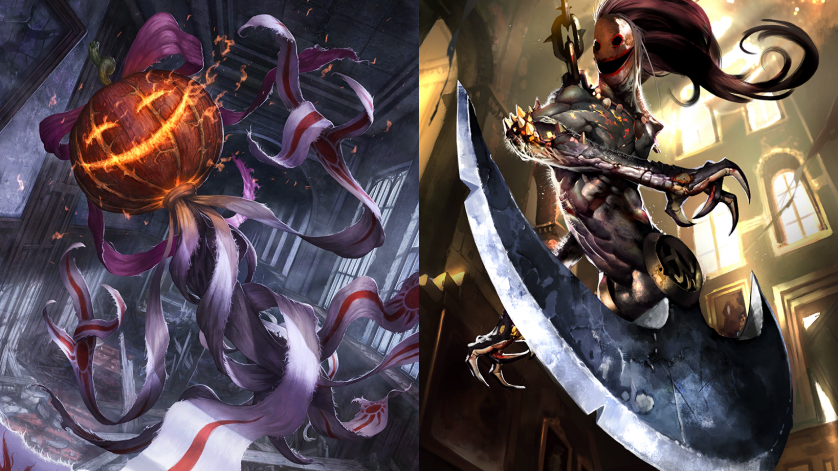
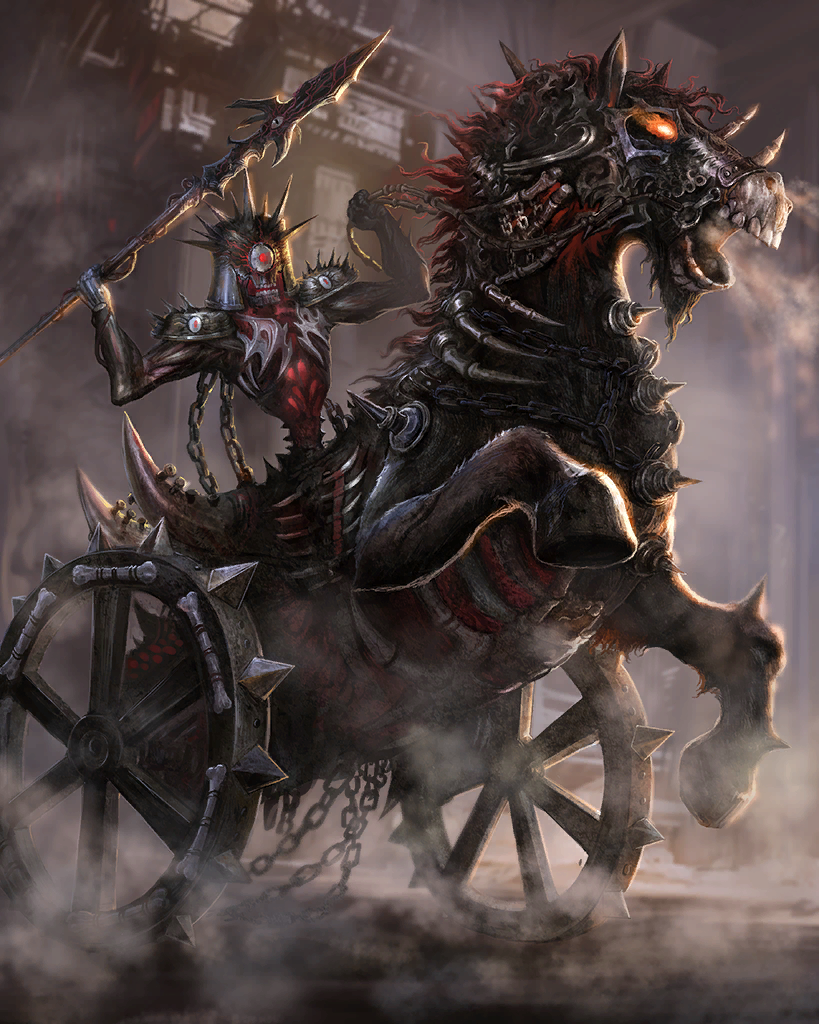
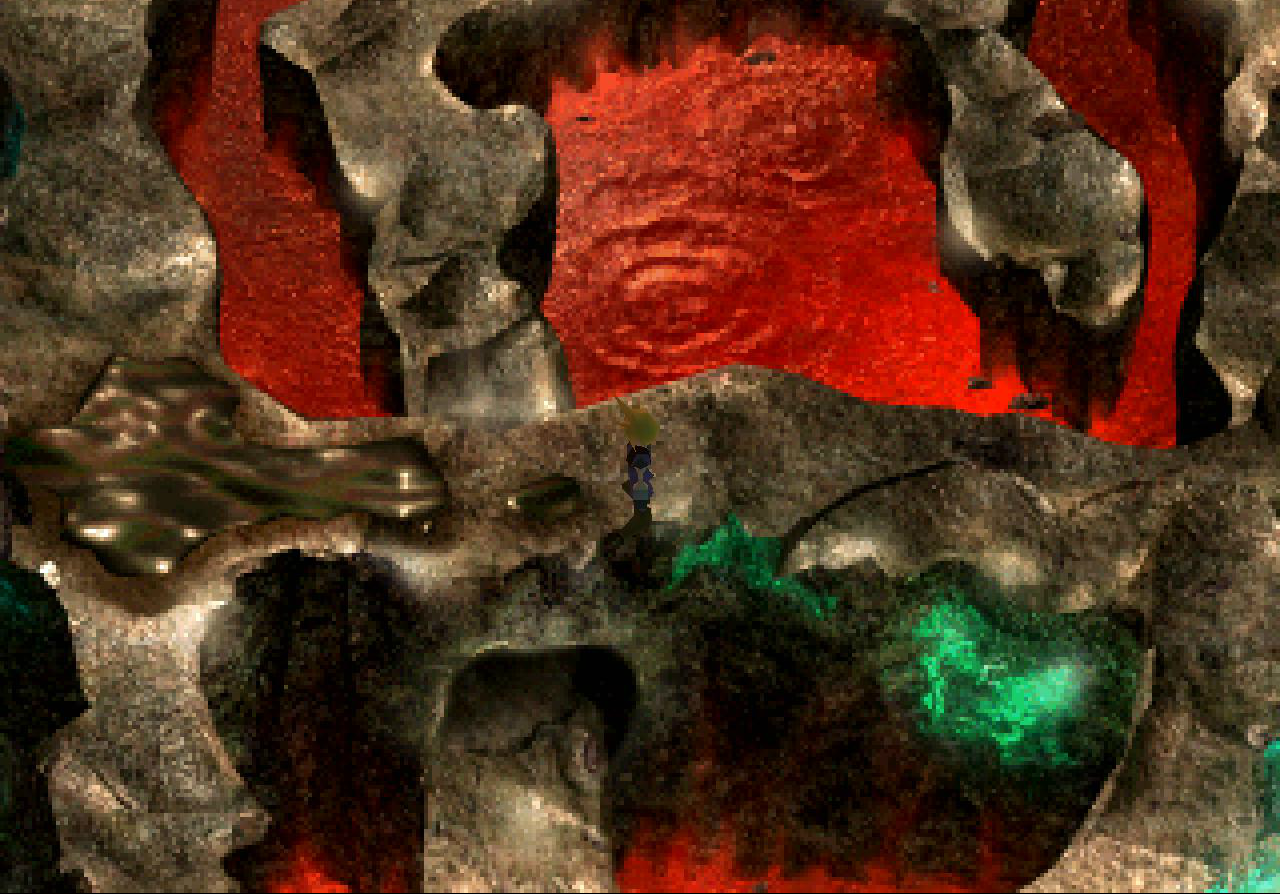


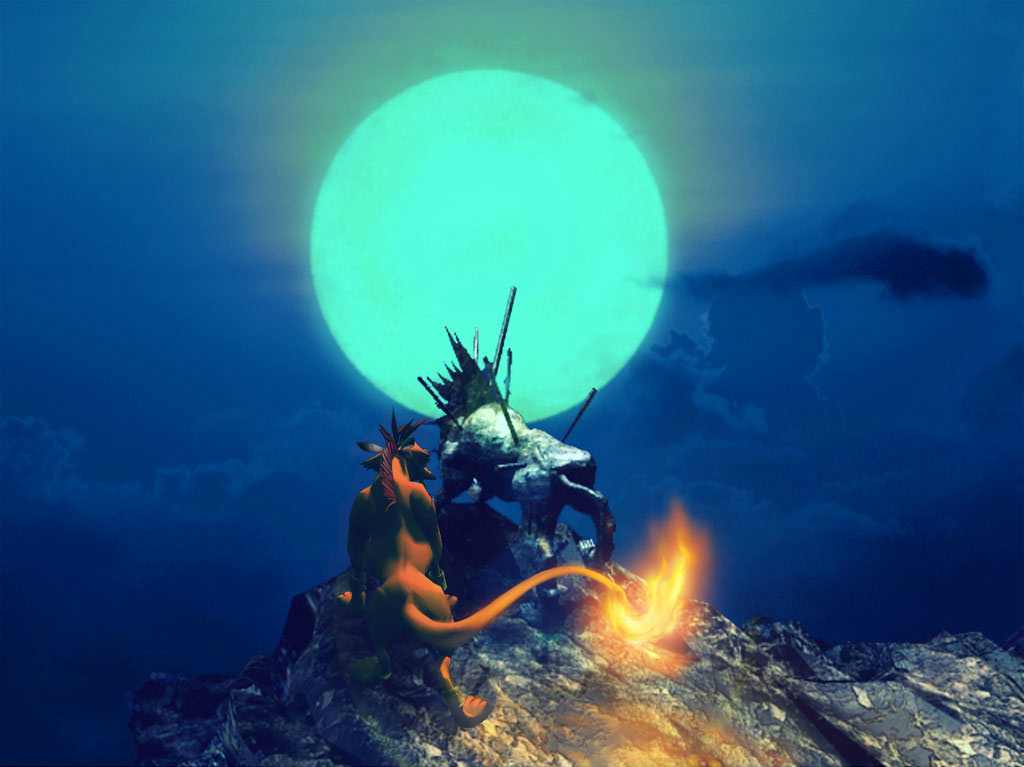
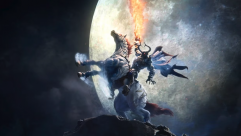

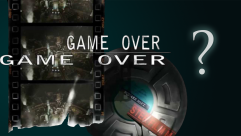

No comments yet
Log in or Register
First of all, thank you for the mention. *Clap* *Clap* *Clap* I’m glad that I was able to collaborate in some way in which these articles can be written. “The Potential Of:” editorials are amazing, the way you describe each detail is excellent.
¡Congratulations!
I’m really glad that you’ve been curating them, they’ve been a massive inspiration for writing these. I’m really glad you’ve been enjoying them!
One of the ads from the original game focused on the horror aspect. It kind of made it seem like a horror game: https://3.bp.blogspot.com/-p4JQTLBeVck/WJTN7b5pHTI/AAAAAAAAAwQ/Afxj_isaB40eaGWMGtB_ChkgbQ51jorlgCLcB/s1600/FFVIIad.jpg